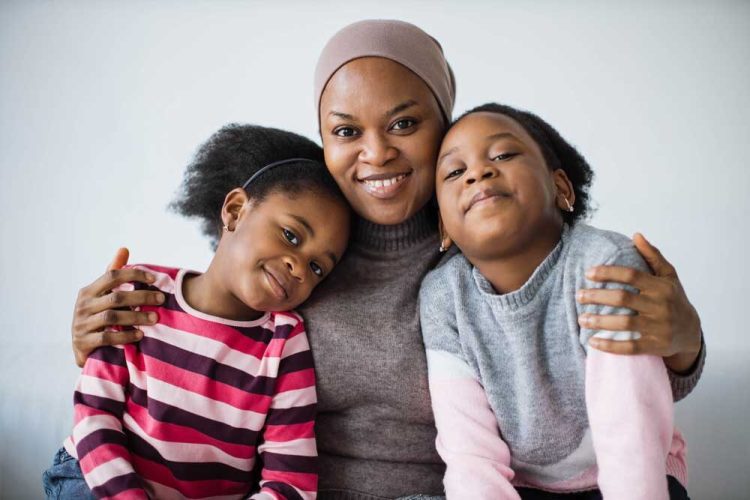
At El Portal Comprehensive Cancer Centers (EPCC), you will benefit from a dedicated team of doctors, nurses, and treatment professionals united by one common goal: an unwavering commitment to your health and well-being.
We will deliver personalized, world-class care infused with compassion and kindness. Here, you can trust that you will receive cutting-edge treatment along with the highest quality of care.

Madera Infusion Center prioritizes your health with a commitment to providing excellent care. The first step towards better health is just a drip away, ensuring that you receive the support and treatment you need to enhance your well-being. Learn More information about Infusion Therapy.

Chemotherapy, Targeted Therapy, Immunotherapy, Iron (Infed, Venofer, Injectafer, Feraheme, Monoferric), Therapeautic Phlebotomy

IVIG, Tysabri, Solu-Medrol, Ocrevus, Leqembi, Briumvi, Kisunla

Normal Saline (IV Fluids), IV Antibiotics, Prolia, Reclast, Evenity, Dupixent, & Xolair

Rituxan, Actemra, & Orencia

Remicade, Entyvio, Stelera, Cimzia, & Skyryzi

Vitamin C infusions, Myers Cocktail infusions, Glutathione infusions, NAD+ Booster Infusions, Inflammation and Detoxifying Treatments, Immune Boosting Drip Treatments, Skin Rejuvenation Infusions, as well as B12, Lipo-B, and NAD+ Injections
At El Portal Comprehensive Cancer Centers (EPCC), we believe that every story matters. Your experiences, struggles, and victories can inspire others who are navigating their own cancer journeys. By sharing your story, you not only help build a supportive community but also empower others to find hope and strength.